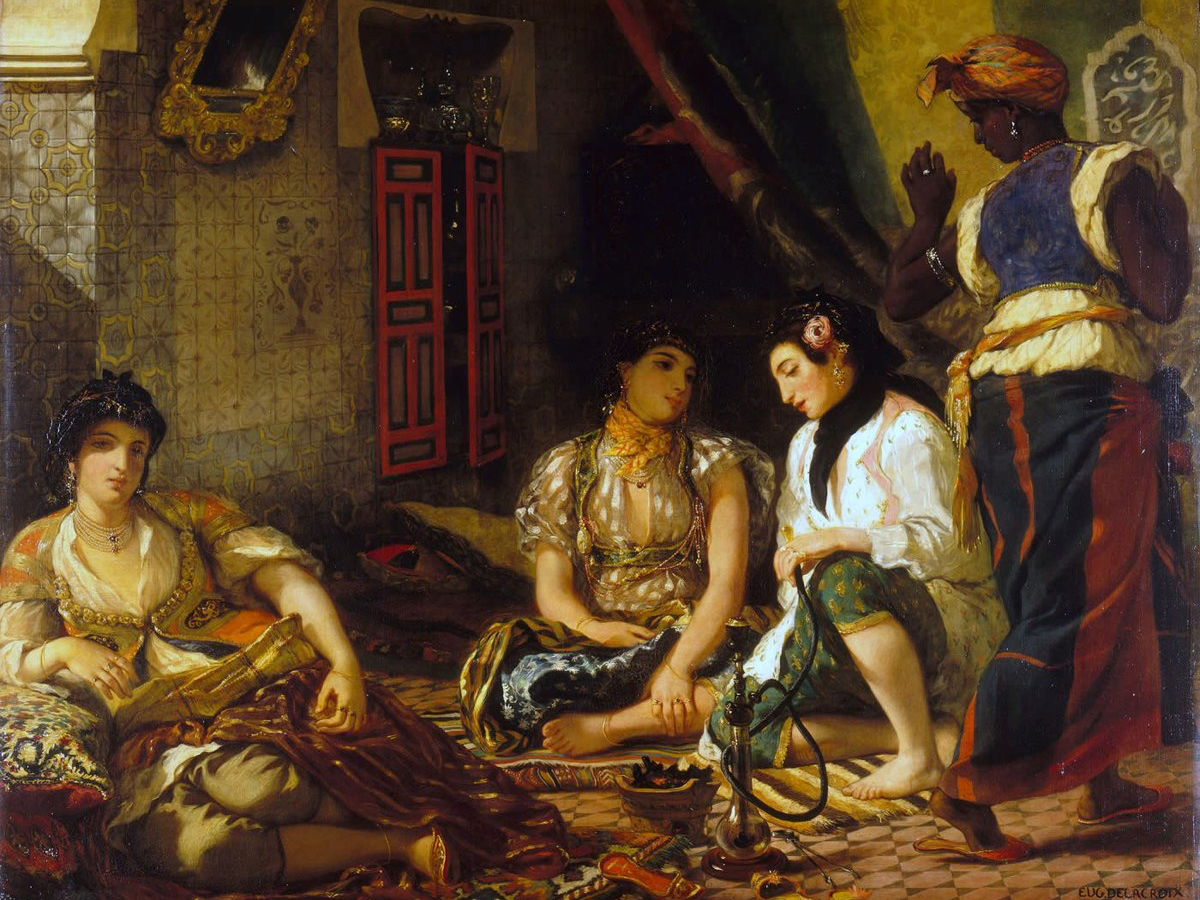
Élie Faure tells us that the aging Renoir, when he used to refer to this light in Women of Algiers, could not prevent large tears from streaming down his cheeks. Should we be weeping like the aged Renoir, but then for reasons other than artistic ones? Evoke, one and a half centuries later, these Bayas, Zoras, Mounis, and Khadoudjas. Since then, these women, whom Delacroix – perhaps in spite of himself – knew how to observe as no one had done before him, have not stopped telling us something that is unbearably painful and still very much with us today.